Understanding the Role of Food Packaging
Last Updated on February 22, 2023
This is part one in a series of articles about packaging.
My final project for my course entitled “Green Chemistry” was to pick a topic of my choosing and write about the nouveau “green” research being performed on it. Being a FoodGrad I knew instantly my topic had to be on sustainability in food packaging.
Packaging as you might be aware is finally getting a spotlight placed upon it. Everyone from consumers to producers are getting involved. One example is the recent movement to ban plastic straws. Britain already has plans to ban the sale of plastic straws and other single-use plastic products. I think as a collective the food industry needs to push forward when it comes to our role.
In order to come up with solutions we first need to understand the purpose of packaging to begin with. So let’s dive into it!
Packaging’s role in food
Food packaging is arguably the most important component in the manufacturing of food products. There is more to packaging then just physically holding food. Some purposes of packaging include:
- Maintaining product integrity
- Ensuring food safety
- Increasing shelf life
- Providing means to differentiate products
- Communicating knowledge to consumers like nutrition
For example, packaging discourages food waste by extending the shelf life of foods. By protecting products from elements such as water and bacteria food can remain fresher and safer for longer periods of time.
As well, packaging is used as a means of marketing, allowing manufactures to differentiate their product from others and encourage sales. Consumers regularly will decide whether or not to purchase a product simply based on its packaging.
Traditional Materials Used in Packaging
Once a packaging designer understands the role packaging will have next they must decide on the type of material to use. The material chosen will play a significant role in determining the shelf life of a food. The majority of packaging in the food and beverage industry can be broken down into four different types:
- Plastic (35%)
- Paper/cardboard (35%)
- Metals (12%)
- Glass (3%)
Glass
Glass has been used as a vessel to hold foods for thousands of years and is believed to have appeared around 3000BC. In about 1500BC, the Egyptians produced the first hollow glass containers for ointments, oils and to even hold water! Glass is a highly recycled type of packaging and it is estimated that recycled broken glass may account for as much as 60% of all glass raw materials.
Glass is used in food packaging because it has several advantages. Firstly, it is odorless and chemically inert with virtually all food products. This ideal for the preservation of food for long periods of time without imparting any flavour.
Wine is a prime example of this quality because wine can stay in bottles for decades without developing “glass” flavour. Another advantage is that glass is able to withstand high temperatures and pressures making the ideal vessel for products which need to be sterilized. Finally, glass is transparent allowing consumers to see the products which many find preferable when shopping for sauces.
Overall, glass is strong, durable and is fully recyclable without quality loss. However, this material is heavy and the process of creation is highly energy intensive, an unideal processing method.
Metal
Despite the talk around plastic, metal is the most versatile of all packaging forms. Metal offers a combination of physical protection and barrier properties, formability and decorative potential.
Aluminum cans are one of the most regularly seen types of metal packaging because it is lightweight and easily can be combined with other metals like magnesium to prevent corrosion.
Aluminum foil is a foldable type of packaging and is found in a wide variety of thicknesses. Thinner foils are more commonly found in the home to wrap food while thicker foils are used for trays. Similar to glass, it provides physical protection against odours, air, light and microorganisms.
Overall, metal is strong, provides good physical protection, is recyclable and is readily accepted by the public. However, metal containers are more expensive and heavier compared to other types of packaging. Also, if not recycled metal can stay in a landfill for decades before it starts to degrade.
Paper/Cardboard
The Industrial Revolution paved the way to become what manufacturing is today not only did it provide new manufacturing processes but also new materials. Paperboard was first used to manufacture folding cartons in the early 1800s and this is still seen in the industry today. The FDA regulates the additives used in paper and paperboard food cartons, bags and wrapping paper. Meaning that you can’t just use any type of cardboard!
Other types of paper products include kraft, sulfite and parchment paper. Kraft paper is a porous paper with high elasticity and high tear resistance. It usually consists of several layers and is used for consumer goods, flour bags and other food applications.
Sulfite paper on the other hand is lighter and weaker than kraft paper. It is coated for higher print quality and used in laminates. It is commonly seen the baking and confectionery industry for storing single serving treats. Finally, parchment paper is an acid-treated pulp that modifies the cellulose in paper it become smoother and impervious to water and oil. It is used line molds and baking sheets as it provides a non-stick surface making for easy clean up.
Overall, paper is a beneficial type of packaging because it versatile, recyclable (in some cases), good of single use applications. However, often times it is combined with another type of material such as aluminum or plastic making it recyclable.
 Plastics
Plastics
It is finally time to talk about the elephant in the room- plastic.
Plastics are made from a condensation polymerization or addition polymerization reaction between monomer units. Plastics were
There are two major categories of plastics: thermosets and thermoplastics. Thermosets are polymers that solidify or set irreversible when heated and cannot be remolded. Due to this property this thermosets are used primarily in automobiles and construction applications like adhesives. Alternatively, thermoplastics are polymers that soften upon exposure to heat and return to their original condition at room temperature. We can find this type of packaging everywhere from plastic Tupperware to water bottles.
Two types of plastics used in food packaging include polyvinyl chloride (PVC) and polystyrene. PVC is a medium-strength, transparent material. Manufacture of polyvinyl chloride (PVC) in western Europe for all applications is now almost 4 m tonnes and the UK accounts for about 400 kt of this! In food PVC is used for bottles, foil, cling film and cap sealing. This is scene in the industry because of it’s cost and innate properties.
Polystyrene on the hand is a clear, hard and brittle plastic which can be mono-extruded, co-extruded with other plastics or injection molded. It is used in protective applications which include egg cartons, containers, disposable plastic silverware.
Overall, plastic is advantageous because it is flexible, cheap and can be used for single-serve applications/ long-term term storage. Alternatively, it causes problem to the environment when not properly recycled, when recycled it uses a lot of energy is being manufactured at a high rate.
This is only part one is our in-depth examination of food packaging! Stay tuned in the upcoming weeks when we look at how we currently manage our food packaging waste!
References
- Ban on plastic straws (https://www.cbc.ca/news/technology/britain-plastic-straw-swab-ban-1.4626100)
- Glass facts (http://www.ift.org/knowledge-center/read-ift-publications/science-reports/scientific-status-summaries/food-packaging.aspx)
- Manufacture of PVC (https://www.sciencedirect.com/science/article/pii/0308814682900048)
Author: Veronica Hislop Veronica is a recent FoodGrad working as Quality Assurance Technician at a snack food company. She graduated with a Chemistry degree at Ryerson University and has a passion for bringing awareness to sustainability in the food industry. When Veronica is taking a break from her food endeavours you will find her at home reading a great novel and playing with her cats.
Subscribe to our newsletter for details on mentorship sessions, workshops, webinars, as well as career and job fairs across Canada and the US!
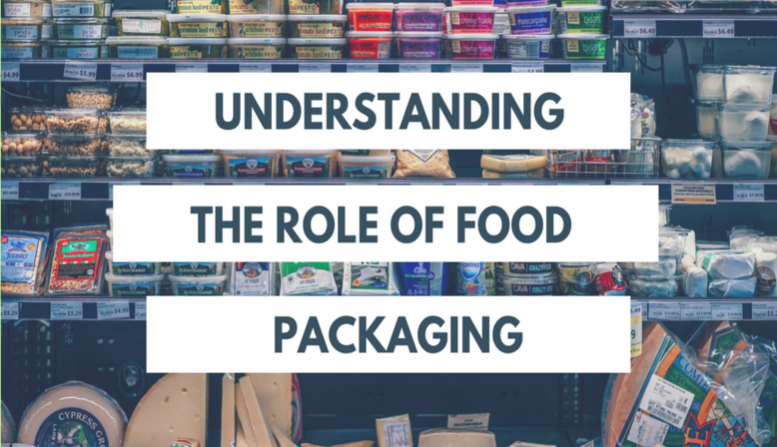
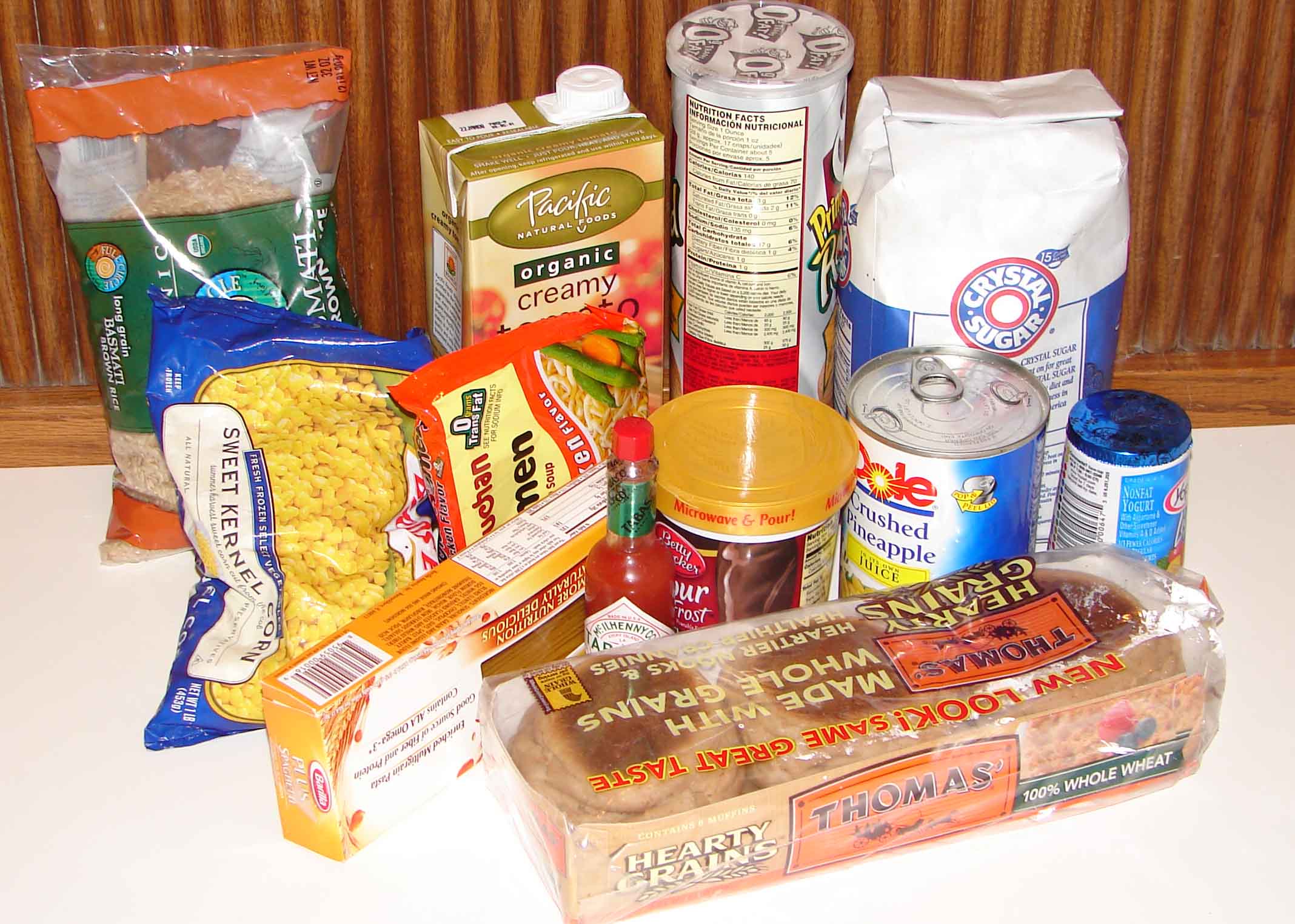
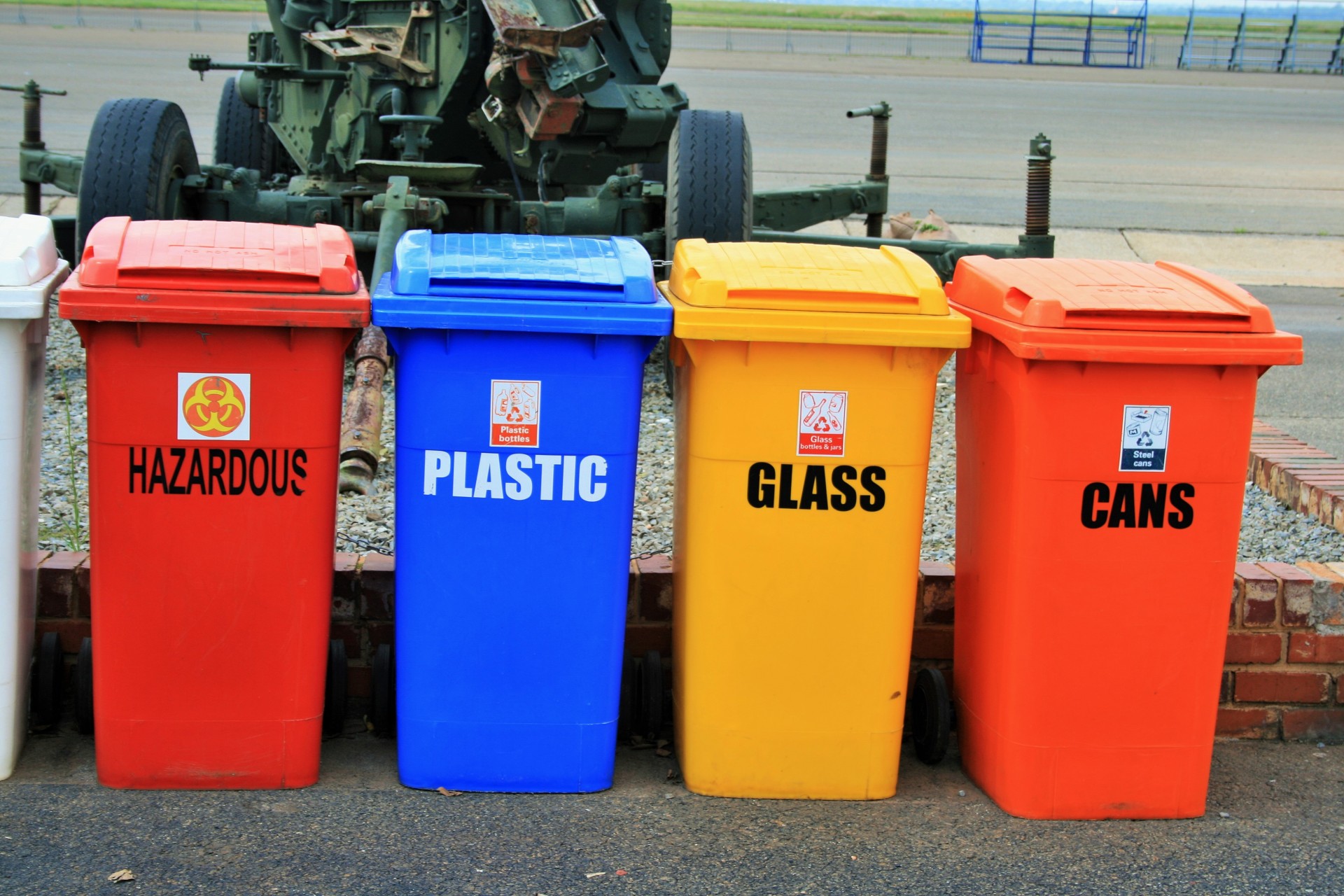
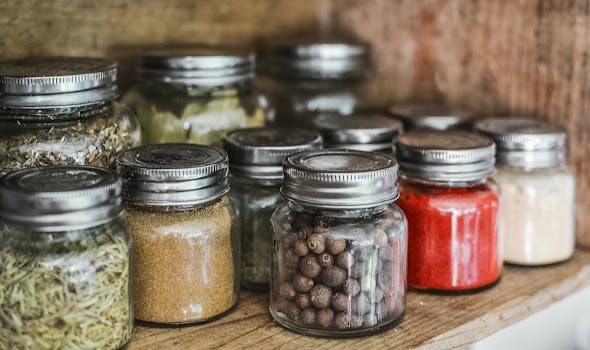
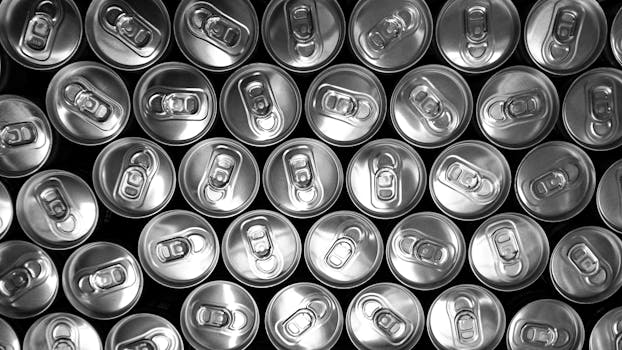


leave your comment